Not distinguished from "mass" products
Investing in building a high-tech production greenhouse since 2017, after a long time focusing on producing melons and cantaloupes, in 2022, Mr. Ho Quoc Hoang in Van Dong hamlet, Quynh Bang commune, Quynh Luu district, converted the entire area to grow seedless Japanese grapes. If the grapevine proves effective, has stable consumption and high value, Mr. Hoang will invest in expanding the area.
“Consumption of cantaloupe and yellow melon is very difficult at the moment. Supply is saturated because there are too many growers, including greenhouse production and traditional production outside,” said Mr. Hoang.

The biggest problem is that there is no clear distinction between melons produced in greenhouses and melons grown in the open fields, and in many cases, they are mixed together in clean food stores, making it difficult to distinguish. Production costs are higher, product quality is better, but the selling price is not different, so although productivity is higher, efficiency does not increase much. Each year, Mr. Hoang harvests about 3 tons of melons, mainly selling them to regular customers in the district or sending them to Vinh, instead of trying to put them into the supermarket system and clean food stores. According to him, putting products into this system requires both cumbersome procedures and reduces income due to deductions and depreciation.
However, because there is no certain, long-term consumption, the selling price fluctuates. At its highest, it can reach 40,000 VND/kg at the garden, but at many times it is only 15,000 VND/kg, while to break even, it must be sold at 20,000 VND/kg.

As the “vegetable granary” of the province, the vegetable area in Quynh Luu district is currently 640 hectares, however, only 30 hectares of which are produced according to VietGAP process. The district is also initially building some organic production areas, mainly on pineapple and vegetables. According to Ms. Vu Thi Bich Hang - Head of the district's Agriculture Department, the development of VietGAP vegetable production areas is of great interest to the district but is still too small compared to the total vegetable area of the district; consumption is still difficult.
“In reality, there is almost no difference in price, only some areas such as the vegetable area of Quynh Minh Agricultural Service Cooperative have signed contracts to consume vegetables and Kim Hoang Hau melon, the selling price is higher, consumption is more stable. To do this, it is necessary to strictly follow the production process, the quality of the products here is also higher thanks to suitable soil, the production process also adds fish fertilizer, organic fertilizer instead of just using inorganic fertilizer”, Ms. Vu Thi Bich Hang shared.
Quynh Luu district has a mechanism to support 30 million VND/model for the cost of procedures for recognizing VietGAP products. However, developing VietGAP production areas is still very difficult and does not meet practical requirements.

Up to now, in Yen Thanh district, 8 production models have been built according to VietGAP standards, 1 processing model according to HACCP standards. The whole district has 21 greenhouses with an area of over 30,000 m2 . Safe production processes are implemented on many crops such as GlobalGAP standards at Thien Son orange farm (Dong Thanh commune); VietGAP standards at Minh Thanh orange farm, Dong Thanh, mushrooms, vegetables, melons in Bao Thanh, Tan Thanh, Son Thanh communes...
According to Mr. Nguyen Van Duong - Vice Chairman of the District People's Committee, in the coming years, Yen Thanh will continue to promote the application of VietGAP, GlobalGAP, organic production processes, IPHM integrated plant health management processes... At the same time, expand and develop production, business, processing, and food processing models that meet GlobalGAP, VietGAP standards, and meet food safety and veterinary hygiene conditions.
“The current problem is that VietGAP products still do not have a truly superior value compared to mass-produced products, leading to frustration among producers. Therefore, along with production solutions, we pay great attention to building product brands, especially for grapefruit, oranges, and melons. In particular, in addition to directly through traders, we also guide farmers to sell on e-commerce platforms; train farmers on how to promote and distribute products in the digital environment,” Mr. Nguyen Van Duong shared.

To date, the province has more than 123 hectares of agricultural production meeting food safety conditions, over 279 hectares meeting VietGAP standards; 26 hectares meeting GlobalGAP standards and 45 hectares of organic production, with a variety of rice, vegetables, oranges, grapefruits, pineapples, and tea products. The application of VietGAP processes has minimized food safety hazards, reduced risks caused by pesticides to human health, the environment, etc. Agricultural production according to clean and safe standards is emphasized, but maintenance is difficult.
Mr. Nguyen Van Ha - Head of the Department of Agricultural, Forestry and Fishery Product Quality Management said: "The consumption market is a major factor that determines the success or failure of production, but the consumption of VietGAP products still has many shortcomings. Difficult consumption makes it difficult to expand the production area using this advanced form". VietGAP products have higher production costs, but the price is almost indistinguishable from products produced by mass, traditional methods, the situation of "good harvest, low price" is common, traders force down prices; many producers are not "enthusiastic" about bringing products to the supermarket system, large distribution because of strict requirements on procedures and certificates; consumers are not really assured and confident".

In recent years, Nghe An has focused on many solutions to support the consumption of agricultural products, with priority given to VietGAP products and OCOP products, and has brought about quite positive initial results. Such as connecting with localities across the country, businesses, trade groups, participating in trade fairs, promoting brands, supporting packaging and labels, traceability stamps, building brands and trademarks for products. From there, gradually enhancing product brands, helping products have a stable source of consumption, high value and especially distinguishing between products produced to ensure quality and food safety and mass-produced, traditional products.
In the coming years, the province will continue to support policies and mechanisms, build model points for safe agricultural product supply chains, and increase the rate of controlled product output. Accordingly, in addition to solutions to support the transfer of production processes and certification of VietGAP standards, it will also focus on attracting individuals and organizations to build points for purchasing, preliminary processing, preserving, and packaging products; connecting VietGAP producers with enterprises purchasing and consuming food chains; supporting brand building as well as promotional activities, trade promotion, finding consumption markets and high value for products.
Source



![[Photo] "Beauties" participate in the parade rehearsal at Bien Hoa airport](https://vstatic.vietnam.vn/vietnam/resource/IMAGE/2025/4/11/155502af3384431e918de0e2e585d13a)

![[Photo] Looking back at the impressive moments of the Vietnamese rescue team in Myanmar](https://vstatic.vietnam.vn/vietnam/resource/IMAGE/2025/4/11/5623ca902a934e19b604c718265249d0)



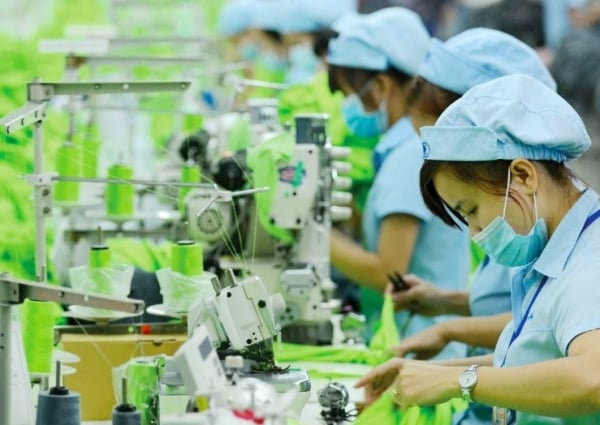




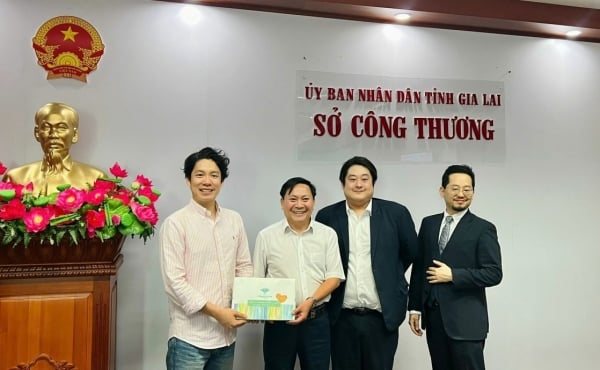
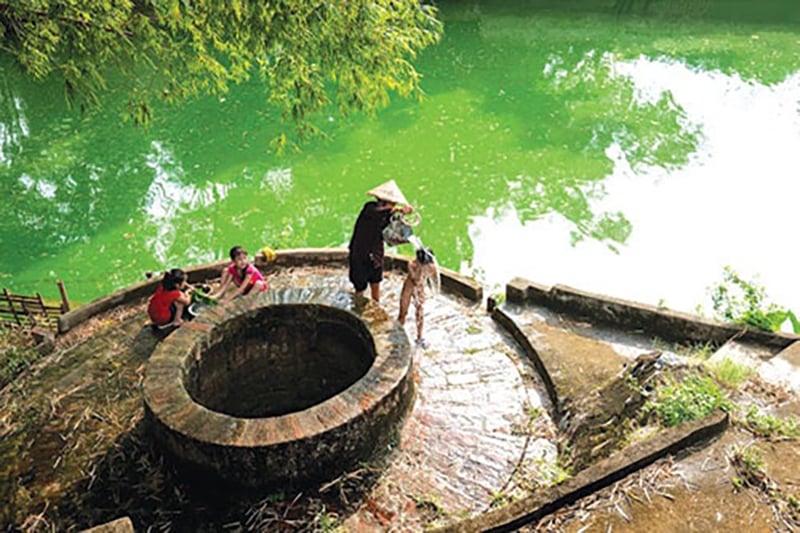
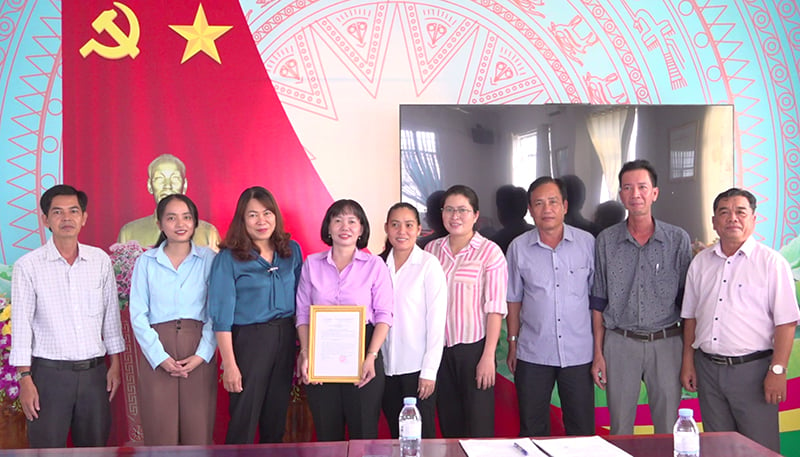













![[Photo] Summary of parade practice in preparation for the April 30th celebration](https://vstatic.vietnam.vn/vietnam/resource/IMAGE/2025/4/11/78cfee0f2cc045b387ff1a4362b5950f)















































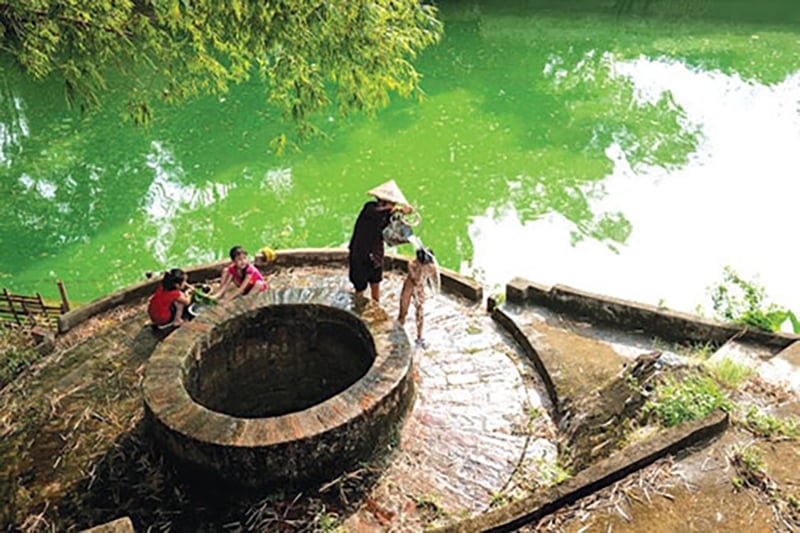


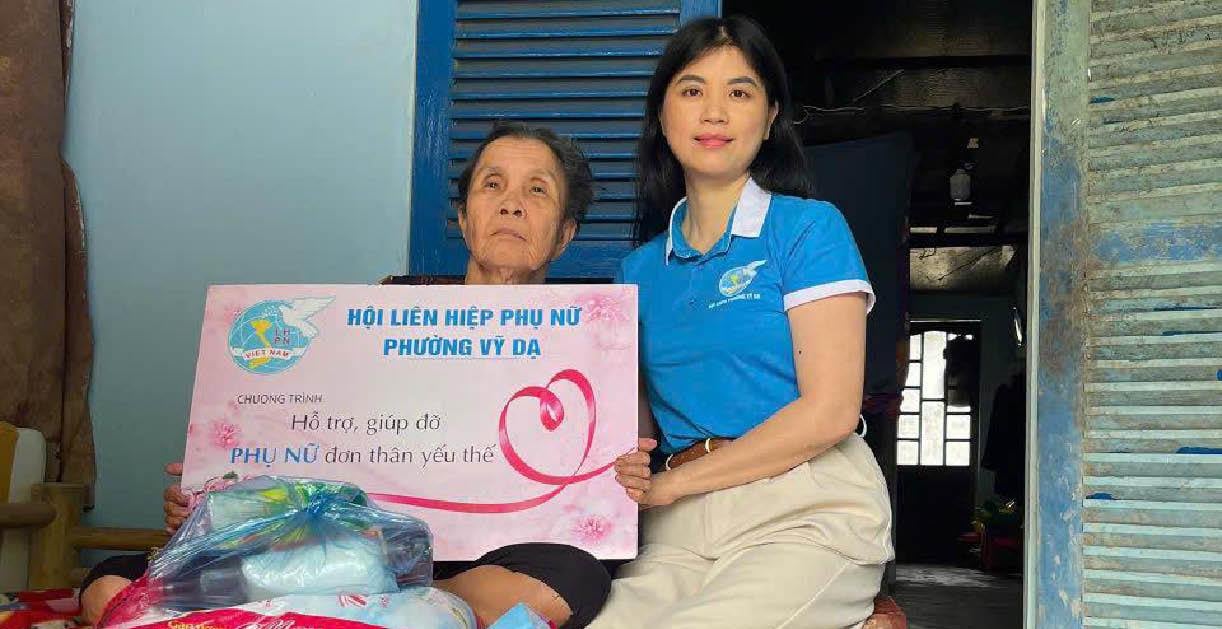












Comment (0)